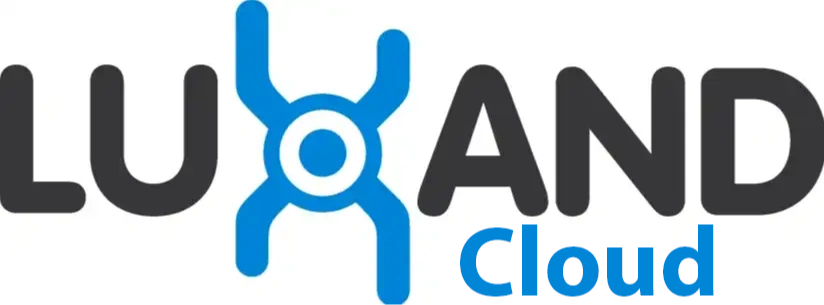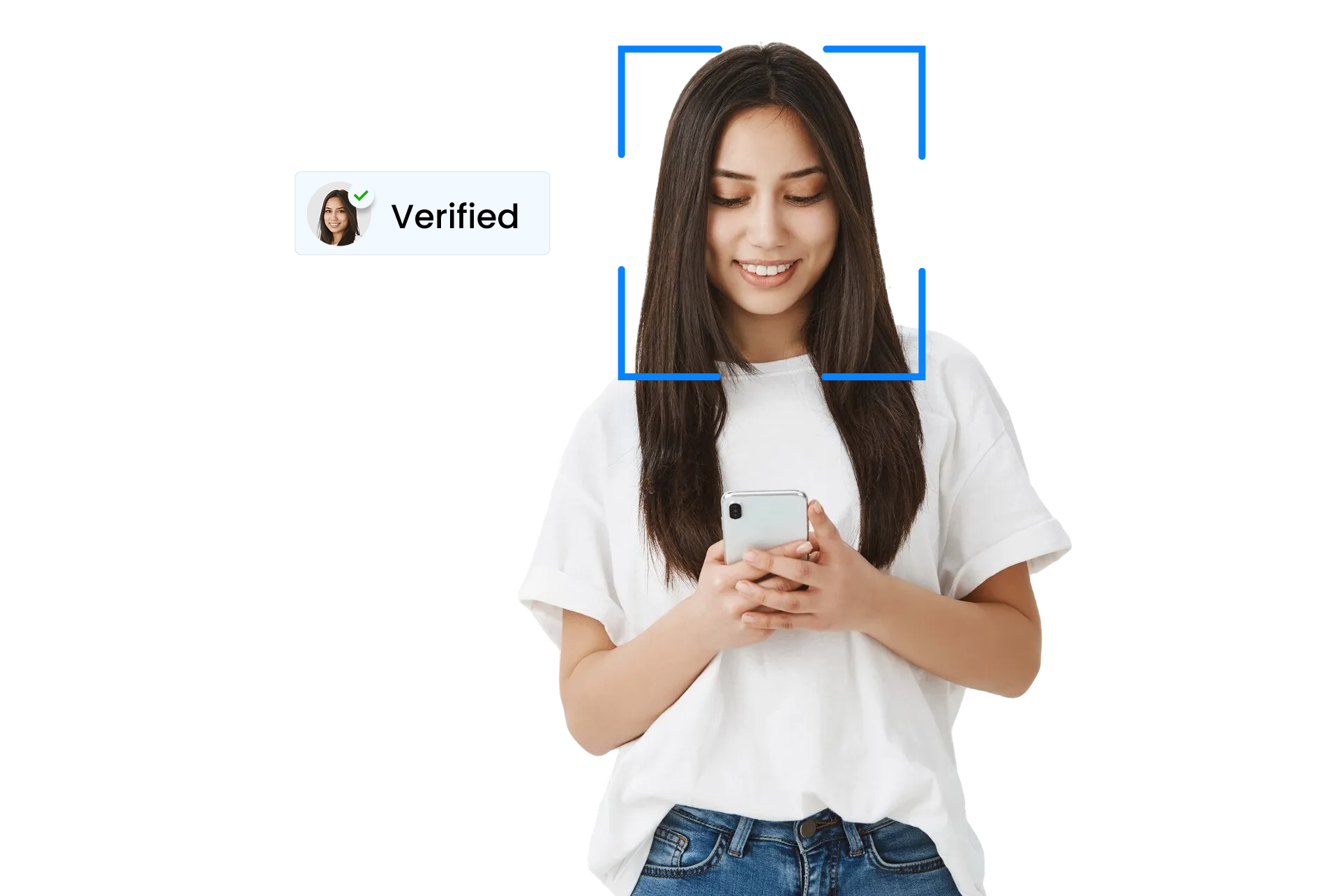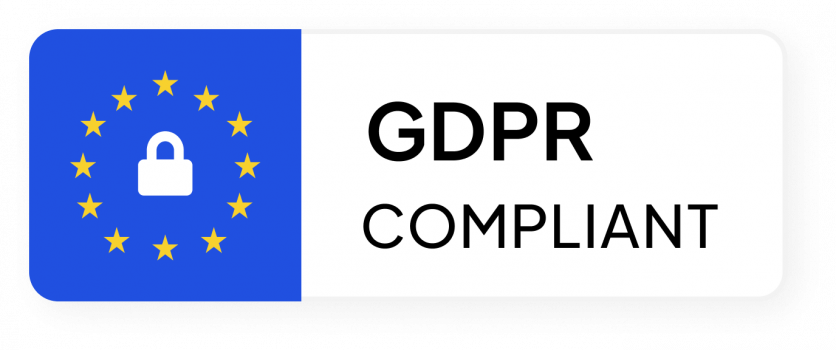

AI-Powered Face Verification API
The face verification API works by comparing a given face to a stored reference photo to determine whether the two faces belong to the same person. Luxand.cloud then uses machine learning algorithms to determine the likelihood that the two faces belong to the same person.
500 API requests monthly for FREE.
No credit card required.






What is Face Verification API?
Face verification APIs are tools for developers. These APIs work by extracting key features from a face, like the distance between the eyes or the shape of the jaw. They then compare those features to a reference image.
The face verification API allows developers to build applications that require secure user verification without needing to program the complex facial feature extraction and comparison algorithms themselves. These applications can be used for various use cases, such as identity verification, access control, and fraud prevention. It is widely used in industries such as banking, healthcare, and law enforcement, where accurate identification is critical.
Luxand.cloud offers a face verification API that empowers developers to seamlessly add secure face authentication to their applications. This technology verifies a user's identity by comparing a live selfie to a reference image, ensuring the person is who they say they are. The integration process is designed to be simple, allowing developers to focus on building their application without getting bogged down in complex facial recognition algorithms.
Luxand.cloud supports major programming languages like Python and JavaScript, ensuring a smooth development experience for your face verification applications.
The most powerful
Face Recognition API
Our Face Recognition API, Liveness Detection API, Face Detection API share easy to understand logic across all endpoints.
Face Verification Use Cases



Face Recognition API, Liveness Detection API, Face Detection API and more.
Ready to get started?









